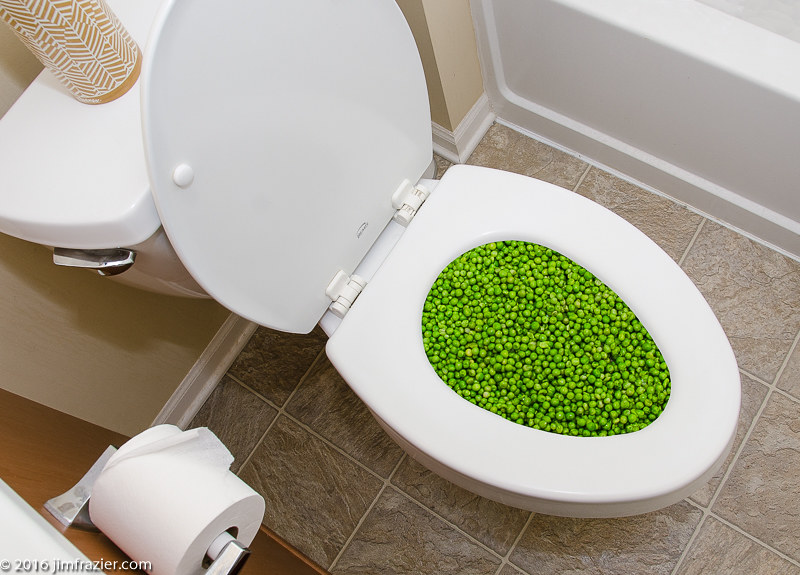Is it Permitted to Dispose of Food Down the Toilet?
Is it Permitted to Dispose of Food Down the Toilet?
Blog Article
We've uncovered the article on What Can Happen If You Flush Food Down the Toilet? below on the internet and figured it made sense to share it with you over here.

Introduction
Many people are frequently confronted with the issue of what to do with food waste, particularly when it concerns leftovers or scraps. One typical inquiry that occurs is whether it's all right to purge food down the bathroom. In this write-up, we'll explore the reasons that individuals may take into consideration flushing food, the consequences of doing so, and alternative approaches for proper disposal.
Reasons individuals may consider purging food
Lack of recognition
Some individuals may not understand the possible injury caused by purging food down the toilet. They may incorrectly think that it's a harmless method.
Benefit
Flushing food down the commode might seem like a fast and very easy service to getting rid of undesirable scraps, specifically when there's no close-by garbage can available.
Laziness
In some cases, people might merely select to flush food out of sheer laziness, without taking into consideration the consequences of their activities.
Repercussions of flushing food down the bathroom
Ecological impact
Food waste that winds up in waterways can contribute to pollution and damage aquatic environments. Additionally, the water used to flush food can stress water resources.
Pipes issues
Purging food can bring about clogged up pipes and drains pipes, creating expensive pipes repairs and hassles.
Kinds of food that must not be purged
Fibrous foods
Foods with fibrous structures such as celery or corn husks can get entangled in pipes and create obstructions.
Starchy foods
Starchy foods like pasta and rice can absorb water and swell, leading to clogs in pipelines.
Oils and fats
Greasy foods like bacon or food preparation oils must never be purged down the commode as they can solidify and trigger obstructions.
Proper disposal techniques for food waste
Using a waste disposal unit
For homes equipped with garbage disposals, food scraps can be ground up and flushed through the plumbing system. Nonetheless, not all foods are suitable for disposal in this fashion.
Recycling
Particular food packaging products can be recycled, lowering waste and reducing environmental effect.
Composting
Composting is an environmentally friendly means to take care of food waste. Organic products can be composted and made use of to enhance soil for horticulture.
The relevance of proper waste monitoring
Decreasing ecological injury
Proper waste administration methods, such as composting and recycling, assistance lessen air pollution and maintain natural resources for future generations.
Securing plumbing systems
By avoiding the practice of flushing food down the bathroom, home owners can prevent costly plumbing fixings and preserve the honesty of their pipes systems.
Conclusion
In conclusion, while it may be appealing to flush food down the commode for convenience, it is essential to comprehend the prospective consequences of this action. By embracing appropriate waste monitoring practices and disposing of food waste properly, individuals can contribute to healthier pipes systems and a cleaner setting for all.
FLUSH FOOD DOWN THE TOILET?
FLUSHING FOOD CAN CAUSE BLOCKED DRAINS IN YOUR HOME
All of the plumbing fixtures in your home are connected to the same sewer pipe outside of your home. This outdoor sewer pipe is responsible for transporting all the wastewater from your home to the Council sewer mains. Even small pieces of food that go down the kitchen sink can cause problems for your sewer. It should therefore be obvious that flushing larger bits of food, such as meat, risks a clog in either the toilet itself or the sewer pipes. Flushing greasy food is even more problematic because oil coagulates when it cools, coating the interior lining of your pipes.
THE TOILET IS NOT A BIN
Food isn’t the only thing that people shouldn’t be flushing down the toilet. People use the toilet to dispose of all kinds of things such as tampons, makeup wipes, dental floss, kitty litter and even underwear. Water goes to great lengths to educate residents about the high costs and stress placed on wastewater treatment systems simply from people flushing the wrong stuff down the toilet. It costs taxpayers millions of dollars each year, and homeowners thousands in blocked drain repairs.
FLUSHING FOOD IS A WASTE OF WATER
Flushing food is a waste of our most precious resource - water. In June this year Level 1 water restrictions were introduced to protect water supply from drought conditions. Much of New South Wales continues to be affected by prolonged drought with recent figures revealing up to 97 per cent of the state remains in drought. Depending on whether you have a single or dual flush toilet, every single flush uses between five and 11 litres of water. In the current climate this is a huge amount of water to be wasting on flushing food that should be placed in the bin (or better yet, the compost).
https://www.jabplumbingsolutions.com.au/blog/can-you-flush-food-down-the-toilet

We were shown that write-up about What Can Happen If You Flush Food Down the Toilet? through a good friend on a different web address. Are you aware of somebody else who is inquisitive about the topic? Take a moment to promote it. Many thanks for being here. Revisit us soon.
This Site Report this page